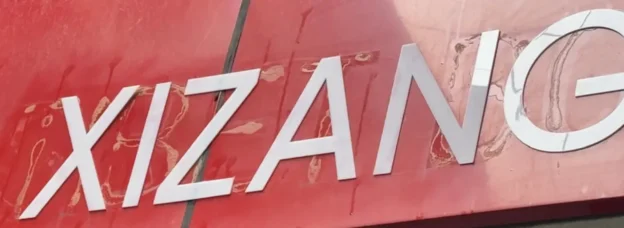The ongoing anti-government protests in Nepal have raised a crucial question—could the Himalayan nation reinstate its ousted monarchy? Frustration has been mounting among ordinary Nepalis over nearly two decades of poor governance under a Left-dominated administration in Kathmandu, fuelling growing support for the return of former King Gyanendra Shah and the re-establishment of Nepal as a Hindu Rashtra.
Spontaneous pro-monarchist demonstrations have drawn hundreds of thousands to the streets, despite lacking a central leader or political party driving the movement. What started as scattered expressions of dissatisfaction has now evolved into a nationwide uprising, reflecting a deep-seated disillusionment with the country’s political trajectory since the monarchy was abolished in 2008.
This resurgence of royalist sentiment stems from widespread frustration over prolonged political instability, rampant corruption, and the perceived ineffectiveness of successive governments. The monarchy’s abolition followed a decade-long Maoist insurgency and mass protests that led to Nepal’s transformation into a secular republic. However, in the years since, the country has witnessed frequent changes in government—14 different administrations—hampering economic progress and fostering public discontent.
A relatively peaceful country of over 29 million people, Nepal has now seen an intensification of pro-monarchy protests, with the March 28, 2025, demonstration in Kathmandu capturing international attention. The protests, which began peacefully, turned violent as demonstrators clashed with security forces, leading to the vandalisation of commercial buildings, media houses, and political party offices. Government vehicles were also set ablaze.
Protesters breached police barricades, prompting security forces to respond with tear gas, water cannons, and rubber bullets. The government swiftly imposed a curfew and detained over 100 protestors, including key figures of the movement. The violence resulted in the deaths of at least three people, including a television journalist, while 128 individuals, including 77 security personnel, sustained injuries.
Among the casualties was 35-year-old Suresh Rajak, a cameraperson for Avenues TV, who was charred to death while covering the protest. The Federation of Nepali Journalists (FNJ) responded with nationwide demonstrations, demanding stringent legal action against those responsible for Rajak’s death and greater safety for media personnel. Expressing serious concern over the attacks on press institutions, the FNJ called for accountability and protection for journalists working in conflict-ridden environments.
The Geneva-based media rights organisation, Press Emblem Campaign (PEC), also condemned the killing, urging the Nepali government to conduct a thorough investigation. PEC President Blaise Lempen expressed profound grief over Rajak’s death and called for adequate compensation for his bereaved family. Rajak’s killing marks the first journalist fatality in Nepal in 2025 and the 44th media-related death globally this year.
Nepal’s last general elections, held in November 2022, resulted in a fragmented mandate, with no political party securing a majority in the 275-member House of Representatives. The current government, led by Prime Minister Khadga Prasad Sharma Oli of the Communist Party of Nepal (United Marxist-Leninist), runs with coalition support from the Nepali Congress. Meanwhile, the first republican Prime Minister, Pushpa Kamal Dahal, alias Prachanda, who leads the Communist Party of Nepal (Maoist Centre), is now in opposition. Both leaders firmly oppose the restoration of the monarchy.
Former King Gyanendra Shah, who has maintained a low profile since the dissolution of the monarchy, has not publicly commented on the growing royalist movement. However, major political parties remain strongly against any constitutional changes that would reinstate the monarchy. Reports in the Nepal media have warned against romanticising the return of royal rule, suggesting that royalist claims of widespread support might be overstated.
Despite this, the prolonged political instability, deepening corruption, and daily struggles faced by the public have led many Nepalis to believe that politicians, both in government and opposition, are merely rotating power for personal gain. The pro-royalist Rastriya Prajatantra Party has capitalised on this discontent, denouncing all political entities and intensifying its calls for Gyanendra Shah’s return to the royal palace.
The current wave of protests underscores the deep dissatisfaction among Nepali citizens with the existing political order. While the restoration of the monarchy faces formidable constitutional and political hurdles, the sheer intensity of the movement signals a crucial turning point in Nepal’s democratic evolution. Addressing the underlying governance failures, curbing corruption, and prioritising public welfare are essential to preventing further unrest and upholding the democratic values that Nepal has sought to establish over the past decades.







